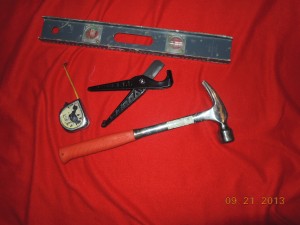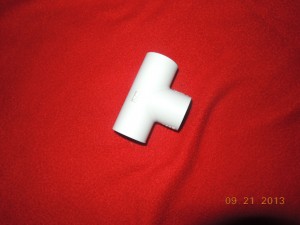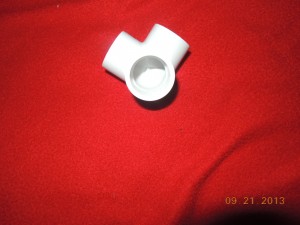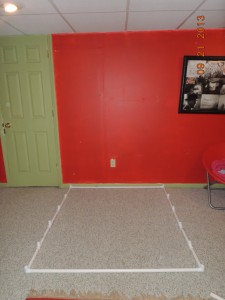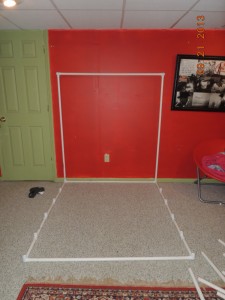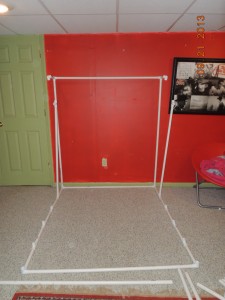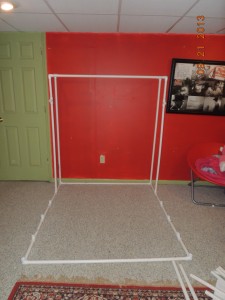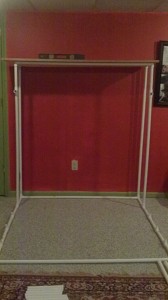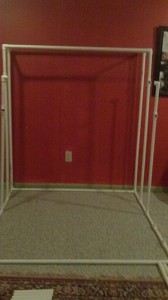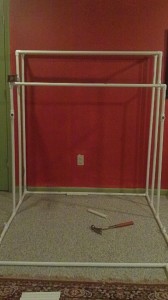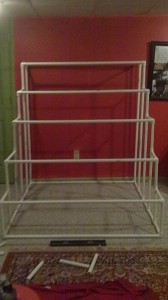Prasna Upanishad – Class 1
On November 8, 2015, the Vedantic Study Group of HTGC started to listen to Prasna Upanishad by Swami Paramarthananda.
Swamiji started the class with the meaning of Vedanta:
- Vedantaha: Because this comes at the end portion of vedas,
- brahma vidhya because this deals with the knowledge of Brahman
- gyana kandaha: In this part of vedas only knowledge is discussed and not karma
Then Swamiji discussed different meanings of the word Upanishad :
- Destroyer of samsra or sorrow;
- Upani means taking Jivatma near Brahman; Shath means destroys ignorance that causes division between jivatma and paramatma as well as anything born out of ignorance: samsara, (ahangakra, karthrutwam, kama, karma, karma palam punarjenma and suga dhukkam )
- That which unites paramatma and jivatma and destroys samsara.
- The word Upanishad or vedanata can refers to the book or the knowledge that born out of the book is also Upanishad. Upanishad as sabtha or sound is Pramanam (means); Upanishads as knowledge is praman (result); the literature or the sound is pramanam and praman the result is gyanam. The knowledge born out of the Upanishad is the primary meaning of the Upanishad.
Prasna upanishad belongs to Atharvana Veda and one of the upanishads commented by Sankarachariyar.
This upanishad is a commentary on Mundaka Upanishad. Apara Vidya and apara vidya is mentioned in Mundaka Upanishads will be elaborated in Prasna upanishad. Condensed version in Mundaka Upanisahds are manthro upanishad and elaborated versions in Prasna upanisahds are brahmano Upanishads. Brahmno portions in Mundaka Upanishads are elaborated in Prasna upanishads. Chapters elobarated in Prasna Upanishad are:
- Krishna and chukla Gathi
- Upasana prana or hiranyagarba
- Upasana
- Brahama Vidya through susukthi
- Om Kara upasana
- Brahma Vidya through param Brahman
Prasnaha means question; each chapter begins with question and each chapter is answer to that question. Each question is asked by six different students.
Shanthi Pada: My sthula, shuksma sareeram should function in a fitting manner so that I can absorb the teaching. This shanthi pada is same as the one in Mundaka Upanishads and as a result, Swamiji did not elaborate the meaning.
Verse 1
The first two mantras are introductions by way of bringing the teacher and student together. In this mantra six students are introduced. Each student has two names. The first name is an original name and second is based on parampara. They are: Sukesa Bharadvaja, Satyakama Sibi, Surya Garga, Kausalya Asvalayana, Bhargava Vidharbha, and Kabandhin Katya. The names tell us of their great parentage. It informs us that they had good Samskara. Samskaras are there to create Shraddha in Vedas. All of them are well qualified. They are all Gyani’s. They have now come for higher knowledge. This mantra also teaches us:
- Upanishads should always be learned from a Guru
- Unlike Science where new or fresh information is constantly sought after, in the area of spirituality, the old and traditional knowledge is prized more. The teacher is thus following tradition. There is no new topic or new method. Thus the glory of Sampradaya is emphasized. While in most sciences, a scholar is recognized by their new contribution, in Vedanta it is important to follow the teachings of previous guru’s and teachers.
